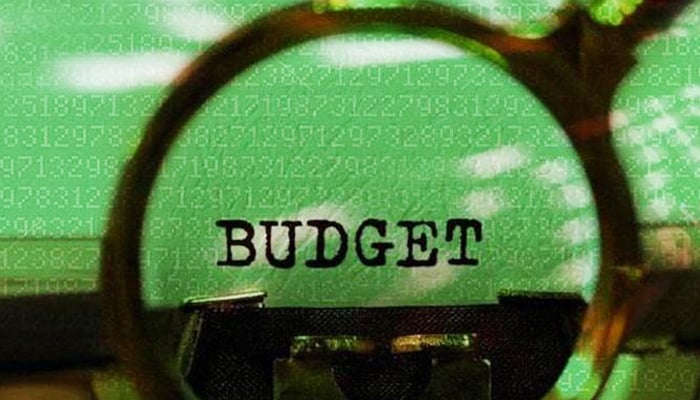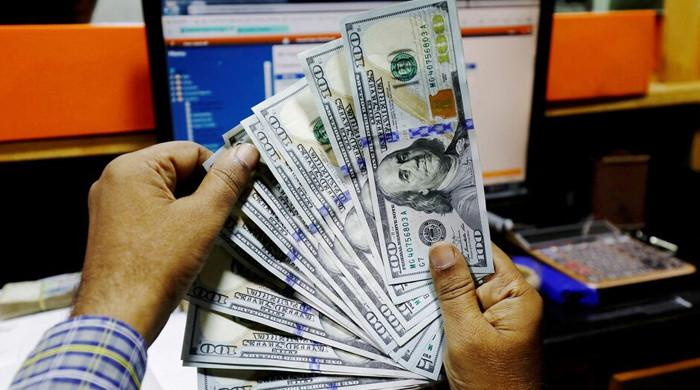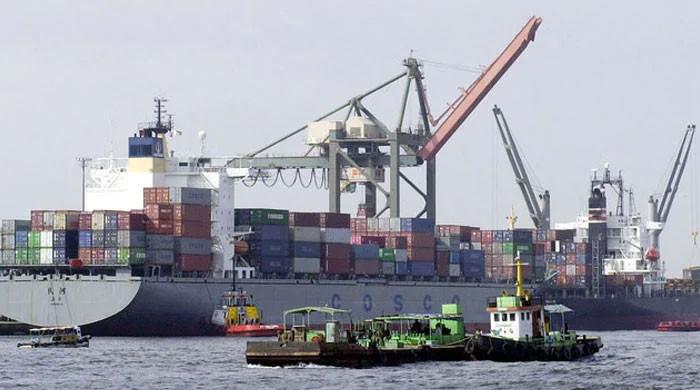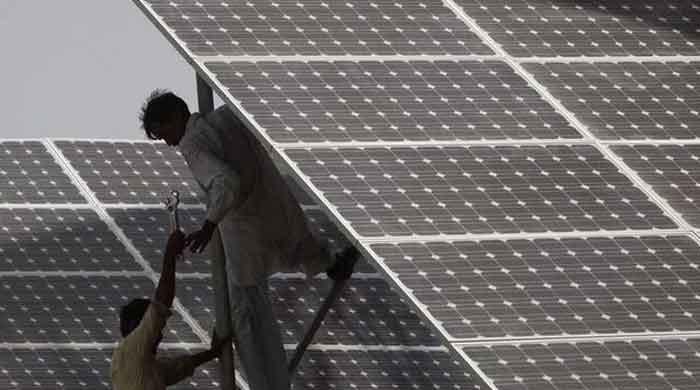Spendathon Budget 2022
Budgets are a mix of politics and economics. Though the blend is largely determined by where a government is in the election cycle, a nice balance is always desirable
May 23, 2021

Budgets are a mix of politics and economics. Though the blend is largely determined by where a government is in the election cycle, a nice balance is always desirable. Budgets, if done right, are potent instruments that potentially impact the lives of all citizens. Serious attention in the budget on expenditure management can enhance the value of every penny spent, and ensure a bigger bang for the buck.
It is possibly true at some level that policymakers tend to be overzealous on the revenue side, with less attention on spending outcomes in the budget-making process. Let us try and realign our focus on the spending side for Pakistan’s Budget 2022. A well-articulated spending strategy can be instrumental in shifting resources towards more deserving citizens. Experience shows that, over the years, budgets in Pakistan have been less than successful in increasing efficiency of spending. The dominant thinking has been that expenditures are largely inelastic and thus a major realignment is hard to achieve. Let’s try and challenge this notion with some innovative ideas.
Let us define two goals of an ideal expenditure management for Budget 2022. First, the spending pattern reform of both the current and development expenditures with a sole focus on efficiency must be obvious. Second, Budget 2022 expenditures must move unequivocally beyond just supporting seven million households through a handout, to some real good ideas of distributive justice. An uphill task indeed!
It is most significant to note that the country’s Public Sector Development Program (PSDP) has plummeted from 4.2 percent of GDP in FY18 to just 2.6 percent in FY21. Budget data for the first three quarters of the ongoing FY21 further highlights a spending of only Rs278 billion in federal PSDP – a decline of about 24 percent from last year. Muted public sector spending has played some part in slowing down economic growth in the country.
One may be sceptical about project-based PSDP spending approach; however, an increase in this spending is essential considering a long list of approved projects yet to be initiated. Federal development spending should be targeted at 2 percent of GDP (currently at 1.5 percent) in a high inflationary environment continuing for the third year. The monies can be mobilized through an increase in PSDP budgeting, pushing Private Public Partnership projects and through public-sector organizations by motivating them to use their existing assets to leverage new money creation. However, to achieve meaningful change upping the ante on serious constraints in spending capacity is a must.
Budget 2022 can show our intent in streamlining the development outlay. This budget can and should declare a moratorium on new PSDP projects, considering pending projects that require about Rs8,000 billion for execution. Budget 2022 can prioritize completion of high-impact projects and those that are already 60 percent complete, from the current 1,000 or so ongoing ones. Projects with little money spent on them can be closed with sunk cost. This may help focus on a smaller number and solve the capacity issue and the issue of delay which costs dearly.
Covid-19 is a shock like no other with a triple hit to health, education and income. The crisis presents an opportunity to completely revolutionize development. Research indicates that closing the digital divide can improve access to education. A move to digitalization in every area should be the underlying theme in spending. The quality of public-sector spending needs a serious revisit to have the desired effect and to get the job wheel turning. Budget 2022 can commit itself to an investment efficiency analysis for the future.
Social sector spending puts that much-needed meal on the table or pays for a child going to school. But right now saving lives is most essential. On the social front, with only five million vaccines administered in the country, a lot more effort is needed. Money for more vaccination should be highlighted in Budget 2022 to give comfort to the nation. Budget 2022 can provide another round of support through Covid-related funding for the most vulnerable, for health services, including for testing and tracing, respiratory clinics and tele-health.
Income support programmes are a lifeline but not a game changer for the vulnerable. We need to go much beyond. The wealth gap in Pakistan should be a key talking point of this budget. We must show seriousness on the wealth distribution effort. This effort can be visible through taxing property, a levy on abnormal corporate profits, reducing tax expenditures benefiting the wealthy and adequate agriculture income tax. These monies can help rewrite the social contract with the people of Pakistan, especially women.
A few years ago, we started gender budgeting in Pakistan. It is time to push that agenda ahead. Creation of an employment-training fund for women breaking into non-traditional trades like digital skills can make them globally employable. By enhancing equal opportunity and women’s respect, dignity and choice, women across the country can feel safe from violence, be economically secure, realise their potential and have sound health.
The idea of writing this piece is to reconsider the notion that the expenditure side of Pakistan’s Budget is hard to repair. Many aspects can be addressed by rethinking spending priorities. We must not fail to correct our spending habits in favour of the weak and ensure that every rupee goes the extra mile. The 38 percent of stunted children under five years of age, 22.8 million out-of-school children, 53 percent of whom are girls, and the 70 percent of Pakistanis without access to clean drinking water will always hold us responsible.
The writer is former advisor, Ministry of Finance, Government of Pakistan.
Email: [email protected] Twitter: @KhaqanNajeeb
Originally published in The News











